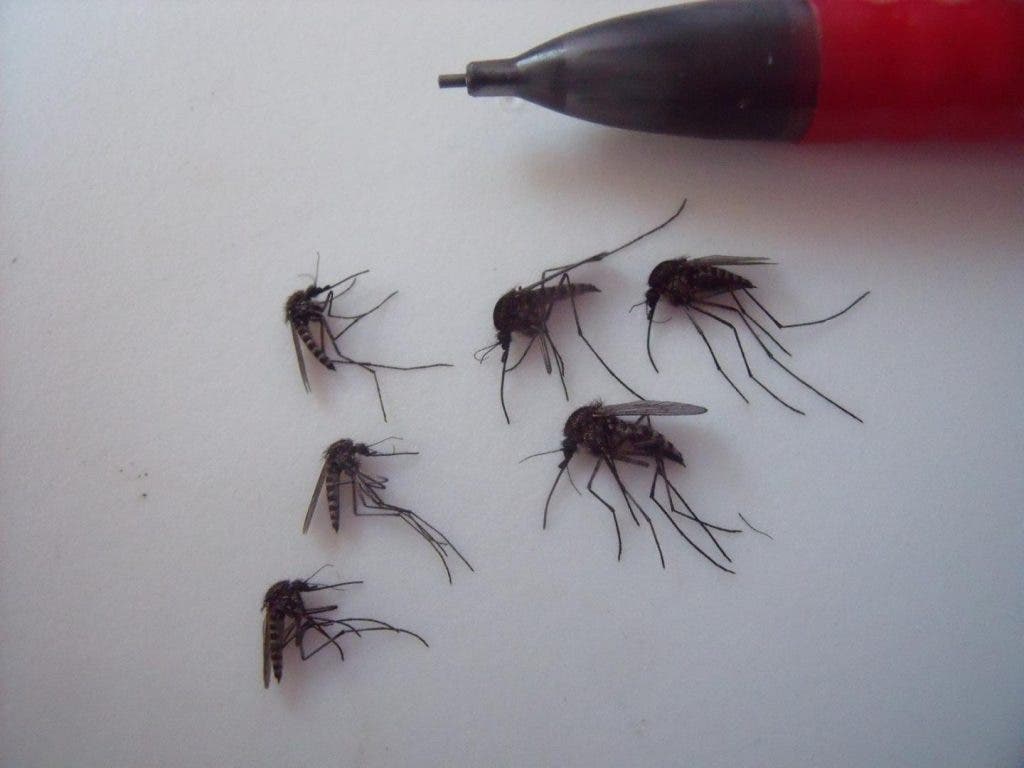The Arctic is overrun by giant mosquitoes: larger, furrier versions of the mosquitoes we all know and hate. As temperatures in the Arctic continue to rise, these mosquitoes can not only brood for a longer period of time, but they can survive more, in higher numbers. According to a new study published in the Proceedings of the Royal Society B: Biological Sciences this is a major problem, and one that will continue to grow as the planet gets hotter.
“They absolutely will bite people,” lead author Lauren Culler said in a statement. “They’re active at any time of day. If you’re in the Arctic in the middle of mosquito season, there are hundreds of mosquitoes [that want] a blood meal.”
However, while for humans they are only a nuisance, they can be a real threat for wildlife – especially for the caribou.
“[They] can drive a person mad. It can probably drive a caribou mad, too,” Culler said. “Caribou in response to high insect activity, they will move away and try to find relief. They will go to the top of windy hill. When they do that, they are often moving to areas with no food or no quality food.”
Basically, they can force the caribou to relocate into worse areas with less resources, and even if they just annoy them, it’s still dangerous, because every moment the caribou spend trying to get rid of the mosquitoes is a moment they are not eating or sleeping. The problem is that if mosquitoes hatch earlier, the period starts to overlap with the birth of caribou calves, and they are much more vulnerable than the adults.
“Increased mosquito abundance, in addition to northward range expansions of additional pest species, will have negative consequences for the health and reproduction of caribou,” says Culler, a postdoctoral researcher at Dartmouth’s Dickey Center’s Institute of Arctic Studies. “Warming in the Arctic can thus challenge the sustainability of wild caribou and managed reindeer in Fennoscandia (Norway, Sweden, Finland and parts of northwest Russia), which are an important subsistence resource for local communities.”
Climate change is steadily rising globally, but the changes in the Arctic are even more dramatic than global averages. This influences insect physiology, growth rates and survival, including their ability to elude predators. For their study, the team conducted field and lab measurements to see how Arctic mosquitoes will be impacted by the temperature shift and found that warmer spring temperatures caused the mosquitos to emerge two weeks early and shortened their development time through the larval and pupal stages by about 10 percent for every 1 °C increase in temperature. If temperatures grow by 2 degrees Celsius, this translates into a 53% increase in the probability of survival for mosquitoes.
Understanding the broader effects that mosquitoes have is important because the Arctic mosquitoes could be a harbinger of what happens to the entire ecosystems if temperatures continue to rise.
“Increased mosquito abundance, in addition to northward range expansions of additional pest species, will have negative consequences for the health and reproduction of caribou,” Culler said in a statement. A warm Arctic can mean less caribou, “which are an important subsistence resource for local communities,” she concludes.
Journal Reference: Lauren E. Culler, Matthew P. Ayres, Ross A. Virginia – In a warmer Arctic, mosquitoes avoid increased mortality from predators by growing faster. DOI: 10.1098/rspb.2015.1549










